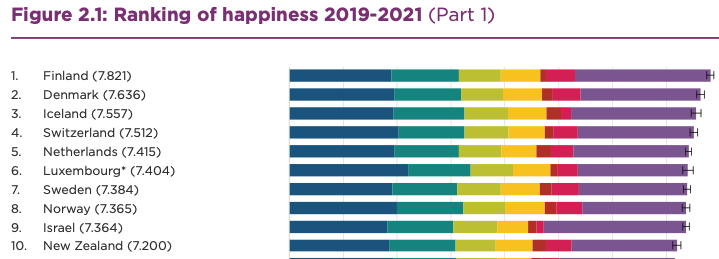W E L L. . .
Have you ever listened to a song that literally left you in tears?
Why Listening to Sad Music Makes You More Sensitive
A new study suggests that hearing somber music enhances our empathy, compassion, and desire to help someone. . .
Music is a part of every culture around the world. In fact, the ability to appreciate music is built into our brains, suggesting music has an evolutionary function.

While listening to music just feels good, it also seems to increase social bonding. Some research suggests listening to music makes us more empathic toward other people, encouraging us to resonate with their feelings and care about their welfare. Music may also enhance our ability to consider what a person is thinking and feeling and to take their perspective—another aspect of empathy that can improve relationships.
Many music studies look at the long-term benefits of being a music listener or participating in a music program as a child. But can hearing music help us connect and empathize with someone right in the moment? A new study aimed to find out.
In this study, 60 university students were recruited to watch several 15-second videos in which a person recounts an autobiographical experience. In some cases, people in the video talked about a relatively mundane event, like moving into a new apartment, while other stories contained strong emotional content, like recalling a terrible accident or a loved one’s death.
While students watched these videos, the researchers randomly played either “emotionally neutral” music (such as Hans Zimmer’s “Redacted”) or very sad music (such as Dario Marianelli’s “Farewell”) in the background. After watching each video, the students expressed how they felt, how much compassion they had for the person in the video, and how much they wanted to help that person. They were also tested on their social reasoning skills—how well they understood the perspective of the person in the video. All of these could be signs of empathic connection.
Results showed that people watching the sad videos felt more sadness themselves (showing that they resonated with the other person’s feelings) and more compassion for the other person than those watching the neutral videos—not a big surprise. But these empathic feelings were strengthened by listening to sad music, leading to greater compassion for and willingness to help the person in the video.
“In a sense, there is a synergistic effect between having emotional background music and listening to an emotional narrative,” says lead researcher Brennan McDonald of Technical University Dresden in Germany. “Our social emotions are amenable to emotional enhancement through music.”
The music had no effect, however, on whether or not the students could reason about the other person’s experience and understand, cognitively, what they might be thinking or feeling. McDonald does not know why that would be, since past research seems to contradict that. But, he says, it makes sense that music might impact us more emotionally than intellectually.
“Music can produce powerful, genuine emotions across all of the emotions we can experience—fear, sadness, anger, and joy—and that may clue people into the emotions of the environment in which they find themselves and help them deal with social interactions,” he says. “But our ability to understand the thought process of another doesn’t seem to be as affected by music in the way that our emotions are.”
Why is this important to know? One major reason is that music surrounds us in our daily lives and may affect our feelings for others. Certainly, films capitalize on this, says McDonald, using music as a simple way to augment people’s empathy to care more about the welfare of their characters.
Using music to increase compassion more broadly is McDonald’s greater goal for this research. While music is not the only way to accomplish that—other art forms, like fiction and dancing, have also been shown to increase empathy, for example—music could be a powerful tool. After all, this study involved listening to just 15 seconds of emotional music, and it still made people care more about someone else and want to help them. Perhaps, if people listened to or played music together more, it could help build a more caring society.
“It would be very interesting to take our finding and extend it further, to see if music-making over a long period of time in a social context can enhance our real-world ability to empathize and feel compassion towards others, long-term,” says McDonald. “To test that is the next logical step.”
LISTEN UP
Kind of makes you think,
WHY Just Have your Toe’s Tapping
WHEN YOU CAN HAVE YOUR HEART
BEATING TO ANOTHER RHYTHM. . .
TUNE IN






















